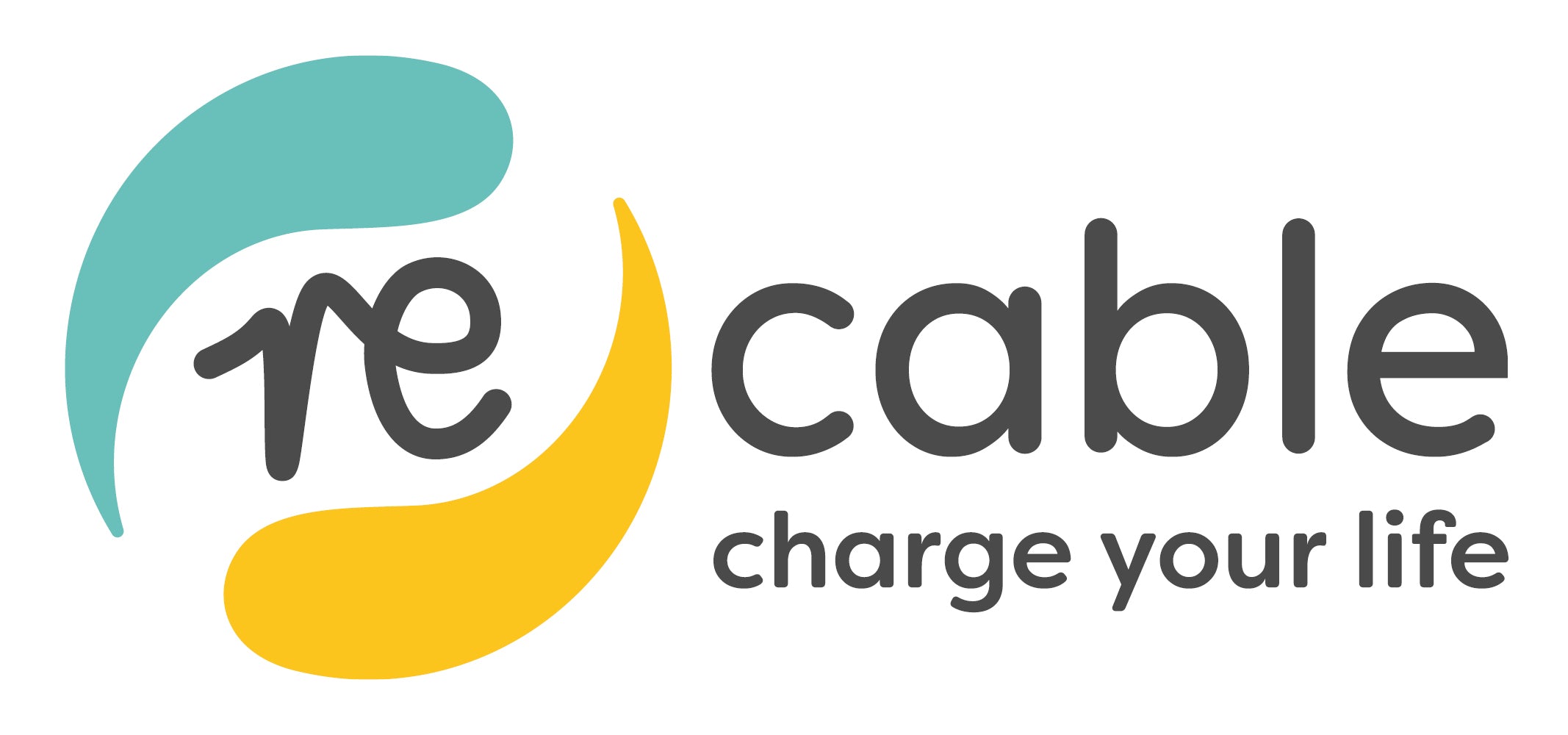CO₂ balance sheet

How large is recable's CO₂ footprint?
For us, there was no question: recable is more sustainable than any standard USB cable you can buy at the electronics store. This is due to the recycled and recyclable materials it is made of, or the fact that recable is a repairable USB cable. Clear.
But exactly how much better for people and nature is it? That's what we wanted to know. That's why we commissioned an interdisciplinary team of experts (Fokus Zukunft GmbH & Co. KG) to determine the emission value of our USB cables.

The result: Our repairable USB cables have a 45.3% lower CO₂ footprint than commercially available USB cables.
While the CO₂ footprint of a conventional USB cable is 179.5 g CO₂, recable produces a comparatively low 96.5 g CO₂. So with each recable purchased instead of a standard cable, a full 83 g of CO₂ can be saved. That may not sound like much. But when you realize that USB cables are mass-produced items, the magnitude quickly becomes clear. 20.4 million smartphones were sold in Germany in 2021 (source: Statista). You still get a suitable USB cable for free with most smartphones. If all these cables had been recable, 1,693.2 t CO₂ could have been saved on the German market in 2021. That's quite an impact.
Technology is supposed to help us. That's what it's made for. However, if our planet is destroyed in the production process, it is of little help. We want to do better. And we are already doing that. But there's more we can do. That's why we're constantly looking for ways to make recable even more sustainable. Our CO₂ footprint can also become even smaller. That's what we're working on.
You want to know exactly how our emissions balance is calculated? Then take a look at all the facts and figures here (PDF download). For comparison, you can also find the values for commercially available USB cables in the greenhouse gas balance.
